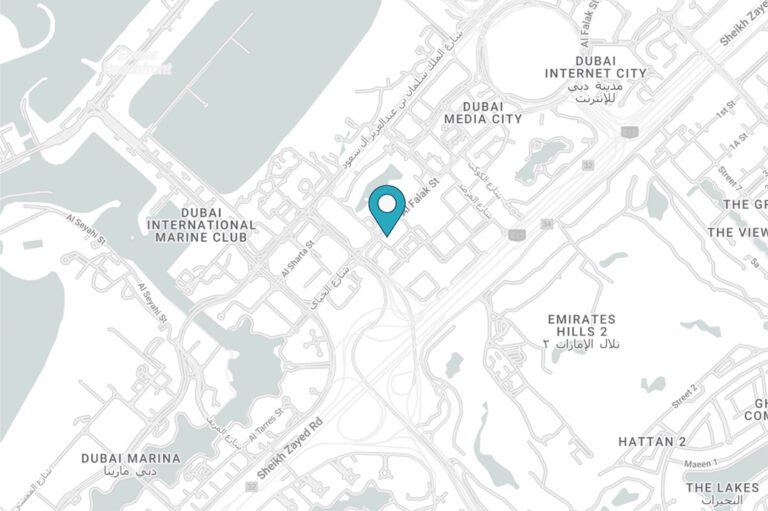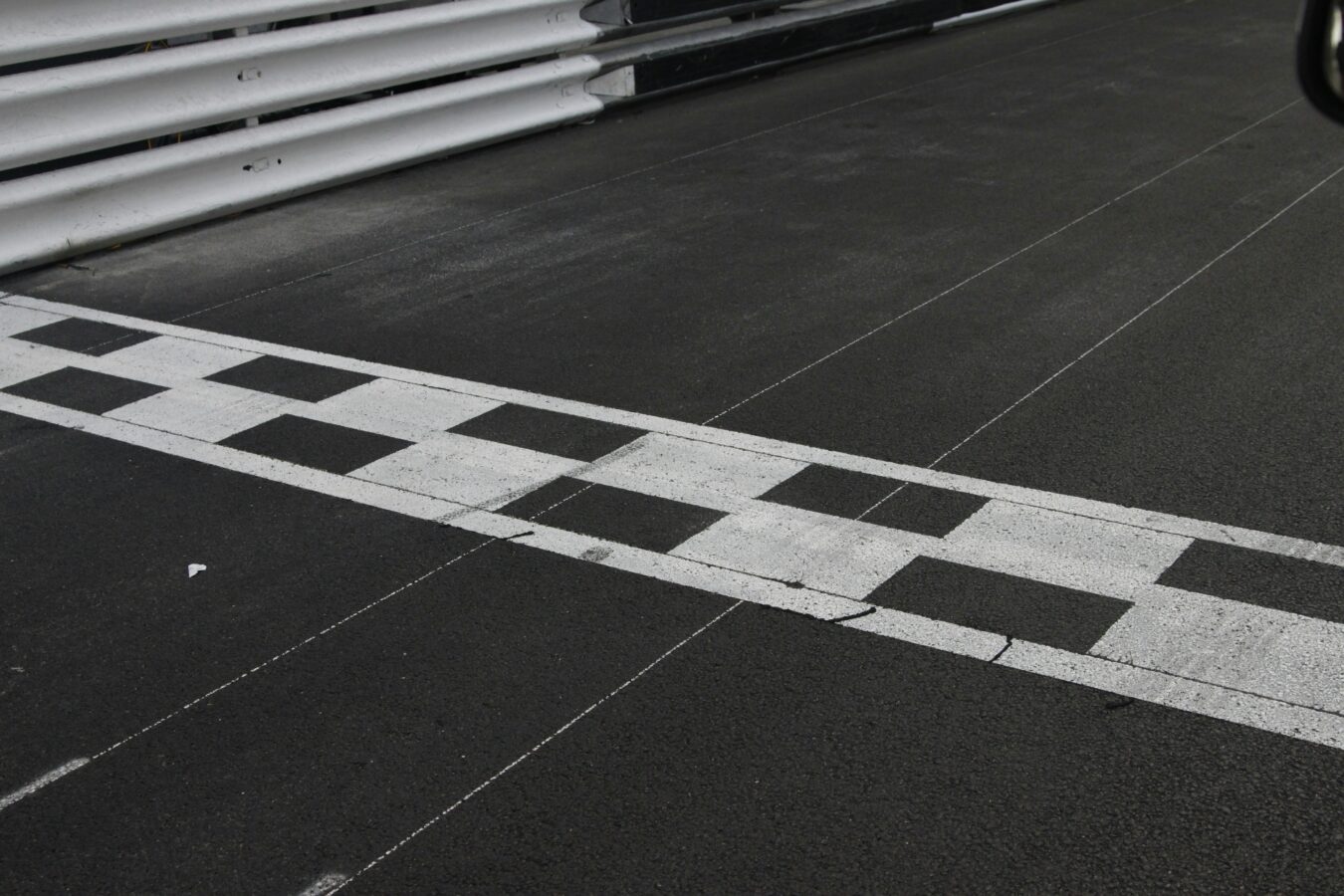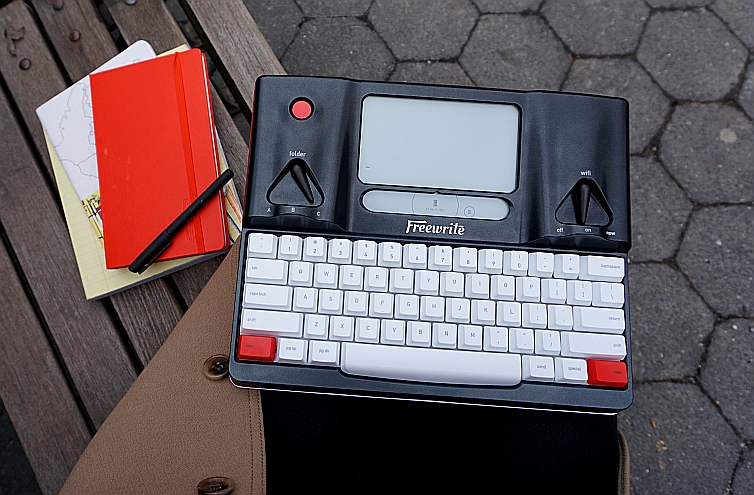In January, China’s DeepSeek caused market pandemonium when it revealed its open-source AI model could match the performance of western AI providers like OpenAI, Anthropic, or Meta. Why? Because it reportedly did so with 10-20x less energy and hardware requirements.
Many people were shocked because, unlike the OpenAIs of this world, DeepSeek was a small team with a small budget. Not a single member of DeepSeek’s team has a PhD, their model is entirely open source, and they’re operating amid western chip restrictions explicitly designed to hobble China’s ability to develop AI.
And despite all this, the DeepSeek team has shaken up the entire economics of generative AI. They’ve shown us that western AI unicorns weren’t operating anywhere close to peak energy or resource efficiency, and in turn forced an innovation spurt and a re-pricing of the entire industry.
How did they manage to do this? I don’t think the answer lies in a journal article, textbook, or a government decree. Instead, the answer lies in something entirely unexpected: A New Essential Guide to Electronics in Shenzhen – a pocket guide for people looking to shop at Shenzhen’s Huaqiangbei electronics market.
If there is a beating heart of modernity, Huaqiangbei is a good candidate. Over 38,000 businesses are crammed into the market’s multi-storey malls, with the largest shopfronts scarcely being wider than a couple of metres. Behind those tiny counters, no square foot of space is wasted. For the shops selling consumer electronics like phones, toys, or speakers, this means they cram inventory into every nook and cranny. But for the shops selling components and individual parts – think individual LEDs, cables, or circuit boards – this space-efficiency takes on a whole new dimension.
Rather than just inventory, many of these stalls have multiple workbenches with a technician tinkering away at something. They could be soldering the circuits on a board, operating a tabletop autoclave, or tearing a device apart.
Sometimes these technicians will be engaged in a standard customer repair job. Other times, they’ll be partnering with a customer on a one-off commission, like helping a client build their own iPhone entirely from scratch. But often, the technicians and hackers aren’t working on a final product: they’re prototyping, testing, and experimenting.
That’s because these tiny stalls are dealers for the outputs of entire factories. And the customer at the counter is often a large company’s middleman or purchasing officer. Deals made at the front counter aren’t in the order of tens or hundreds of dollars, but in the league of thousands or even millions.
Within minutes of a customer showing up and laying out their specs, the hackers get to work. In a few hours at most, they’ll have done their testing and prototypes. If the customer’s happy that the parts or solution is viable and scalable, they’ll place an order on the spot. And within an hour or two more, vans will be taking off from the market loaded with inventory, ready to load on planes, trains, and boats. For bigger or custom deals, the factory the shop is a front for will be retooling within a handful of days to churn out the desired parts.
In contrast, western organisations require far greater degrees of process and procedure, with an accompanying risk of delays in sign off and the need to involve additionalintermediaries. The businesses selling and sourcing at Huaqiangbei are all about rapidly workshopping, innovating, and delivering without frills or pretence.
It’s this workshopping ethos that explains why DeepSeek achieved what they did: all with a smaller team, budget, and resource base than western competitors. And it’s why it’s now outdated to think that China is a place where Western innovation is simply commoditised and mass produced. Rather, the Huaqiangbei approach – the willingness to simply deliver and rapidly prototype, test, and roll out product – is allowing Chinese players to out-innovate western counterparts, and at a dizzying pace.
Whether it be price, performance, or features, the pace at which Chinese brands have improved and iterated has up-ended conventional assumptions about how things are done.And this goes well beyond consumer electronics or software. In fact, the biggest example of this shift in the innovation landscape can be found in Chinese EV brands like BYD and Li Auto, who have redefined expectations around the cost, performance, and feature sets of EVs because of their willingness to rapidly innovate and bring new products to market.
DeepSeek shouldn’t be seen as a flash in the pan. It’s representative of how the solutions – and results-oriented culture – of the Huaqiangbei market are reshaping entire industries. Regardless of where you might stand on the big debates around geopolitics, trade, or ideology, it’s hard to disagree that we should take notes at this point… and maybe buy a copy of the Shenzhen electronics guidebook.
Matthew
















